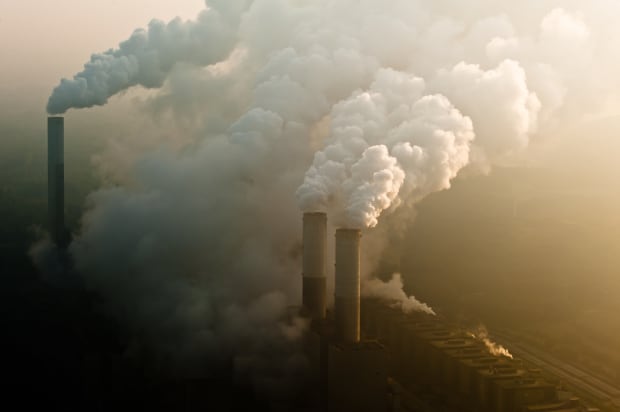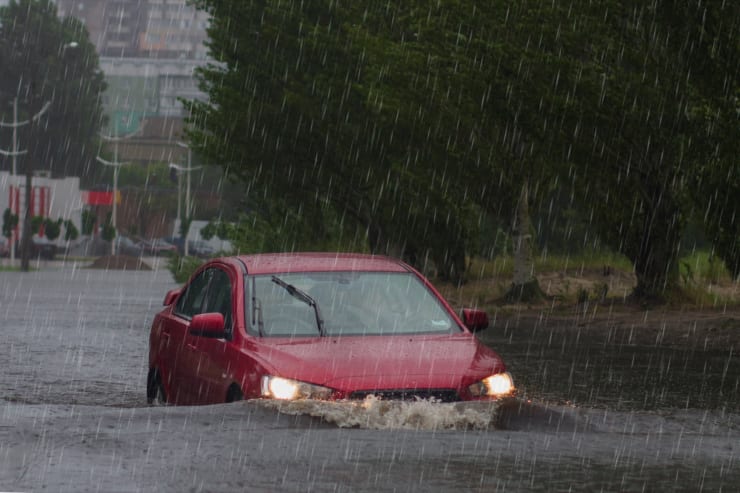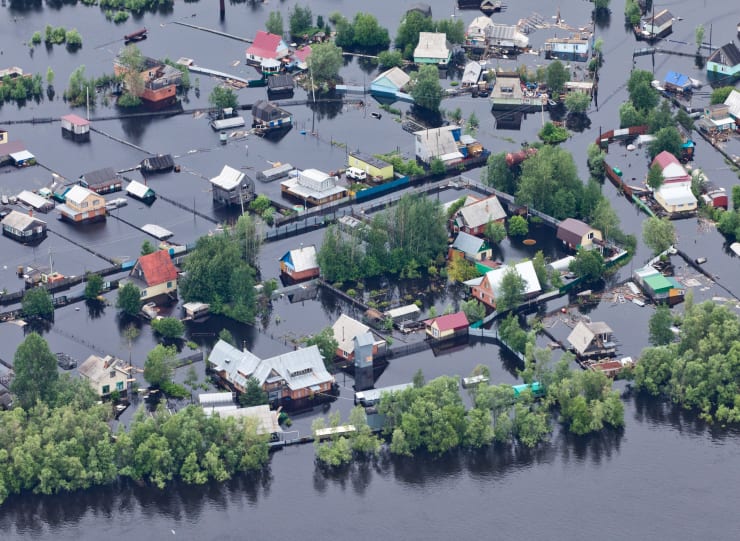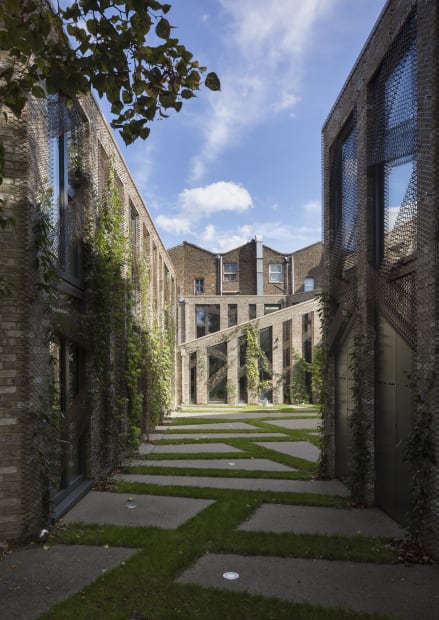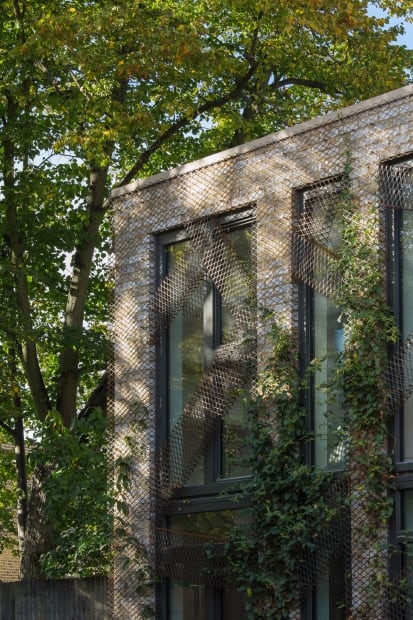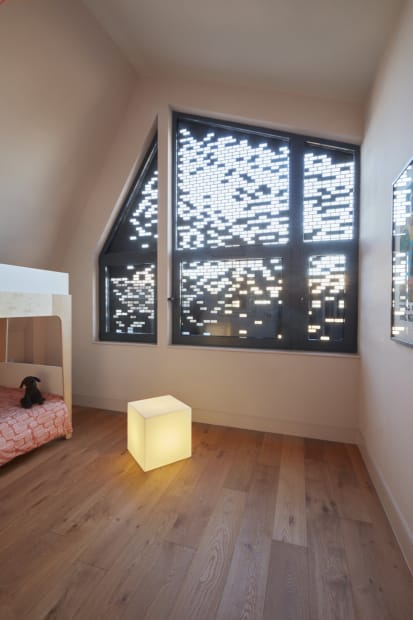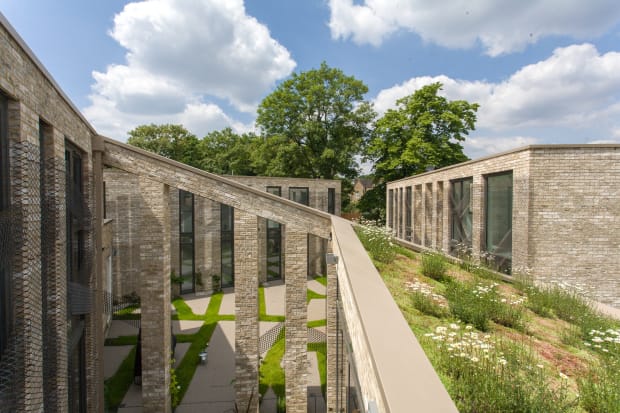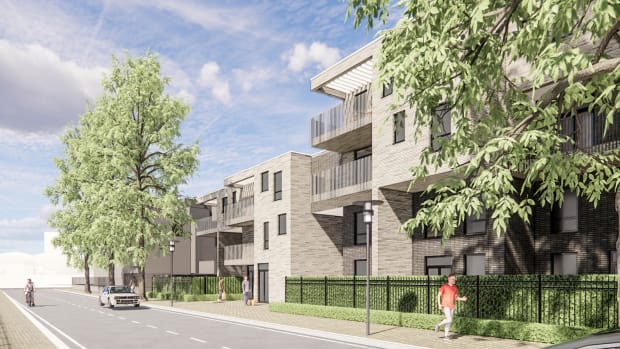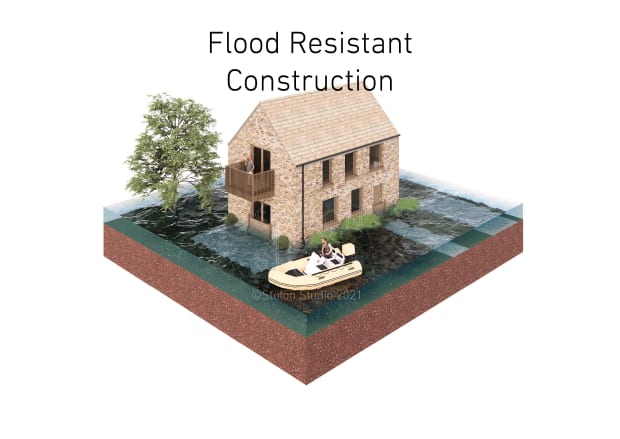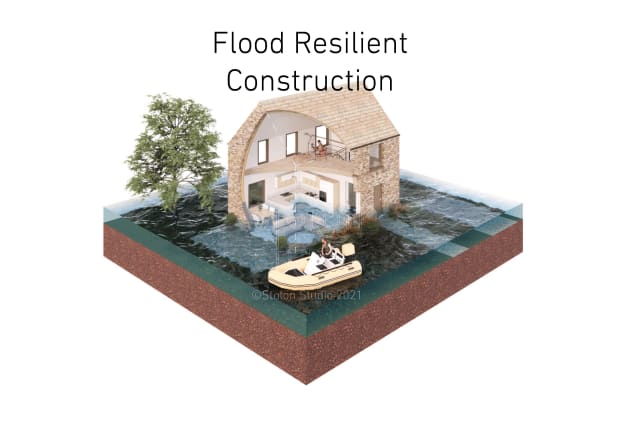-
-
Two of the most serious effects of climate change are overheating and flooding. Stolon are changing to the way to design and construct buildings to make them more robust to these effects and more adaptable to future changes.
Overheating and flooding are two of the most visible and critical effects of climate change to tackle. As temperatures rise, rainstorms will become more frequent and heavier. Based on recent flash flooding events this appears to have started already, and yet it is no doubt likely to become far worse.
These changes will have a detrimental effect on our buildings and our communities. The Structure, Heating & cooling systems, and Weatherproofing & Drainage could all be affected as well as the rising risk from Flooding. The mental health and well-being of communities could be directly affected, as they struggle to cope with these more extreme weather events and live in the fear of them happening.
-
-
-
-
Publications
